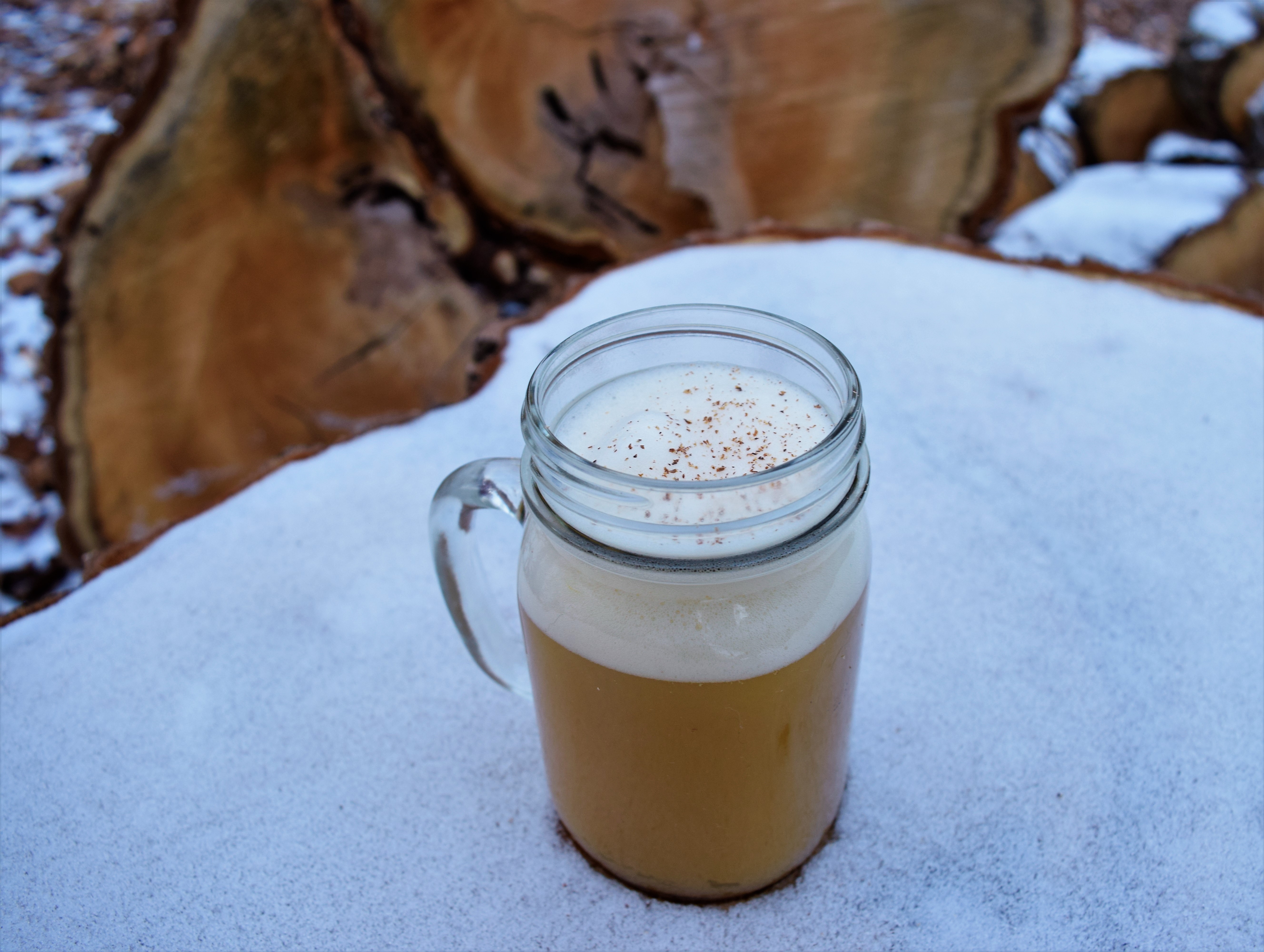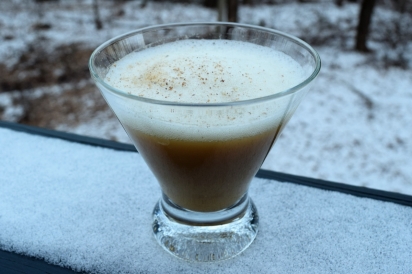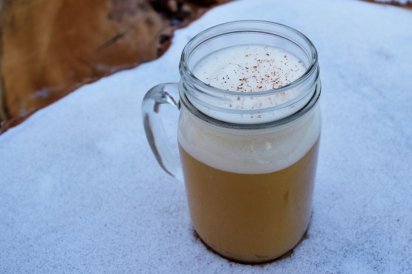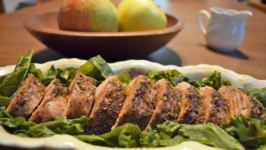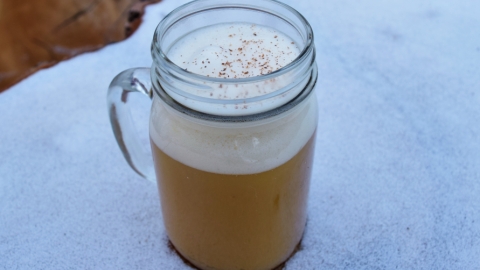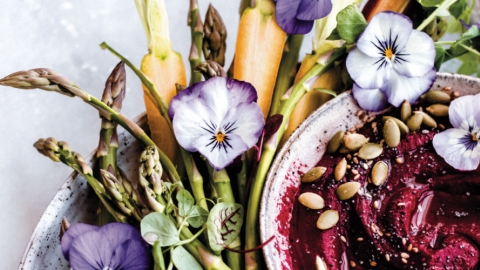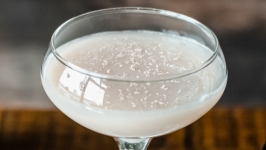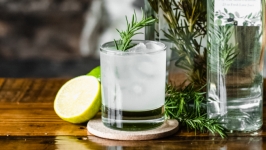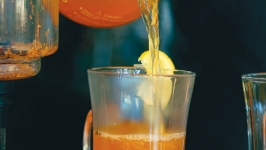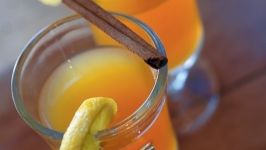Early Connecticut Drinks: The Quintessence of Public Spirit
It’s a myth that our New England ancestors were teetotalers who shunned alcohol. In fact, the Mayflower was stocked with beer when it set sail from England and noticeably low on provisions when it anchored in Massachusetts Bay in 1620. Along with a desire to live under their own belief system, colonists brought with them suspicion of polluted water and rudimentary knowledge of fermentation. Though temperance gained momentum a century and a half later, life in the early colonies afforded few opportunities for such a conviction.
Early Nutmeggers drank fermented beverages regularly: at breakfast, midday, before and after dinner. Fearful of low water quality and more inclined to raise a roof than dig a well, colonists relied on mildly alcoholic drinks: some made of corn shared by native tribes, some of newly sowed barley and locally harvested hops. Once apple trees were cultivated, cider became the most popular drink, as it was easy to press and store and cheaper to produce than beer. Everyone from toddlers to Yale students drank this mildly alcoholic cider. Housewives made wine from wild grapes or berries grown in the garden. Newly arrived colonists brought barrels of sack (a type of sherry) and madeira.
Homebrewed ale was a far cry from the craft brews we love today; grain grew poorly, so stewed pumpkin, pine needles, and herbs inspired experimentation and, eventually, industry. Yeast, sometimes produced from “emptins” or leftover dregs, or maybe a raw potato, added to the boil was “said to make the beer spirited,” according to Lydia Child. Sour beer made a “first rate vinegar.” With thrift more important than taste, a little tinkering allowed everything to be used and led to new combinations with other ingredients.
Rum consumption grew as direct trade with the Caribbean increased. With the import of molasses, local distillation was possible, which brought profits for Connecticut merchants and enough “rumbullion” for export to Europe. Sometimes used as a homeopathic hair tonic, rum more often found its way to the glass, mixed with sugar for a Mimbo; lime juice, sugar, and water for a Grog; or with maple syrup, butter, and boiling water for a Hot Toddy. For Rattle-Skull, mix rum with dark beer, lime, and considerable splashes of brandy and sherry. Rum was also one of two key beverages that combined to create a colonial favorite: Flip
For over a hundred years, into the early 1800s, Flip was the quintessential tavern drink. Its preparation gave an industrious barkeep a chance to show off his steady-handed pour – transferring the mixture of ale and rum between two pitchers until smooth. Finally, a hot “flip dog” poker was plunged into the pitcher, frothing the drink and providing a burnt taste. For the patron, it wasn’t unusual that a mug of Flip would cost as much as a night’s lodging.
Versions varied slightly, with the main ingredients of heat, ale, rum, and sweetener (usually molasses) being constant. Eggs contributed to the characteristically smooth texture, though nutmeg might be accompanied or replaced by ginger or lemon peel. Brandy could substitute for rum; spruce beer for ale. In true New England fashion, each variation got its own name: Belly-Stop, Hotch Pot, Calibogus, or Crambabull.
For a homemade version, tinker to taste. We tried a lightly hopped pilsner and then a coffee porter. A little lemon zest complements the hops and gives a citrus peel aftertaste. If you’re into bitterness, choose molasses for your sweetener, as we did with the darker porter. Some recipes call for a dash of cream, which might work well with a heavy stout. Check out our version, below.


